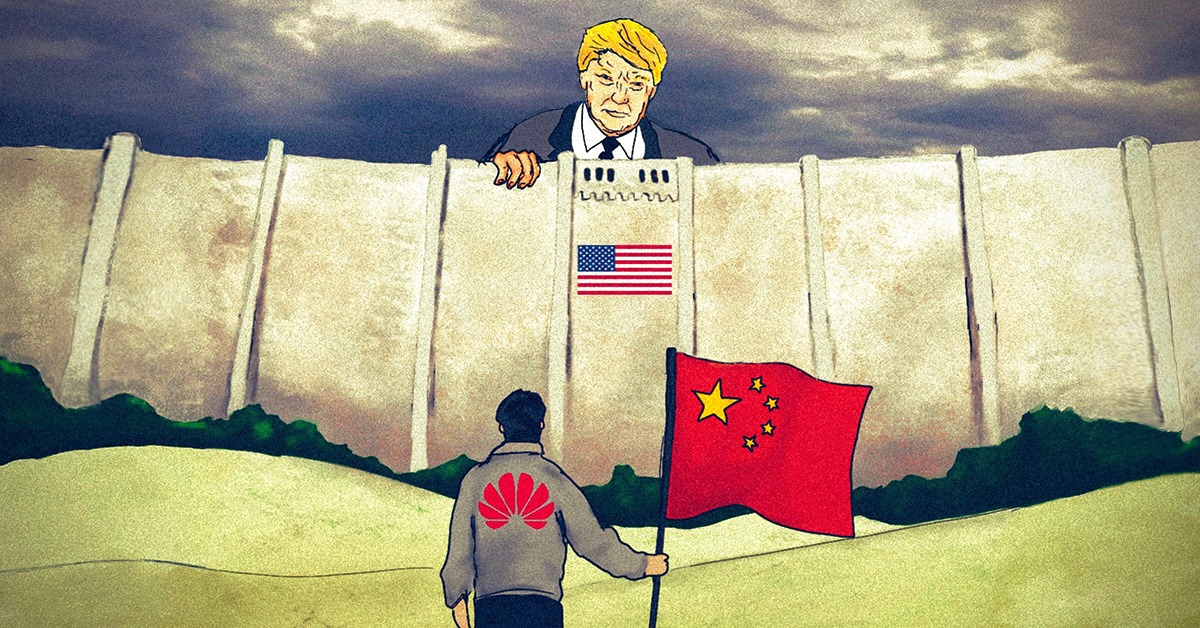
“When the going gets tough, the tough get going”. Yeah, Huawei will relate to that. With all the trade debacle between the Chinese telecommunications manufacturer and the US Government, Huawei is in deep water and the company’s future looks bleak… you’d think. While that is certainly true to some extent, its exemplary push towards a self-sufficient future is promising. If you’ve been living under a rock for the past couple of months and don’t know what the fuss is about, here’s a gist:
“The Trump Administration’s executive order enlisted Huawei in the Entity List, effectively banning it from doing business with any US-owned companies. Though no official evidence has yet been made public, the US fears that the Chinese government can use Huawei as a backdoor to spy on it, thus dismissing the company as a threat to national security.”
What to make of it?
The key giveaway from this is the fact that the US government hasn’t disclosed any proof of its claims to the public and we, as a public, could squeeze out two conclusions from it. First, the whole thing is circumstantial and an elaborate ploy to suppress the objectively better technologies of Huawei in order to take control of the ever-brewing US-China trade war. Pfft, an absolute child! Am I right?
Second, there is indeed a hint of security concern from Huawei as the company is legally liable to submit its resources to the communist government of China, should the necessity arise, and the US is simply acting on it clairvoyantly. There have been a few reports that the US government has indeed disclosed its “evidence” against Huawei to company heads of select tech giants. But here again, mum’s the word.
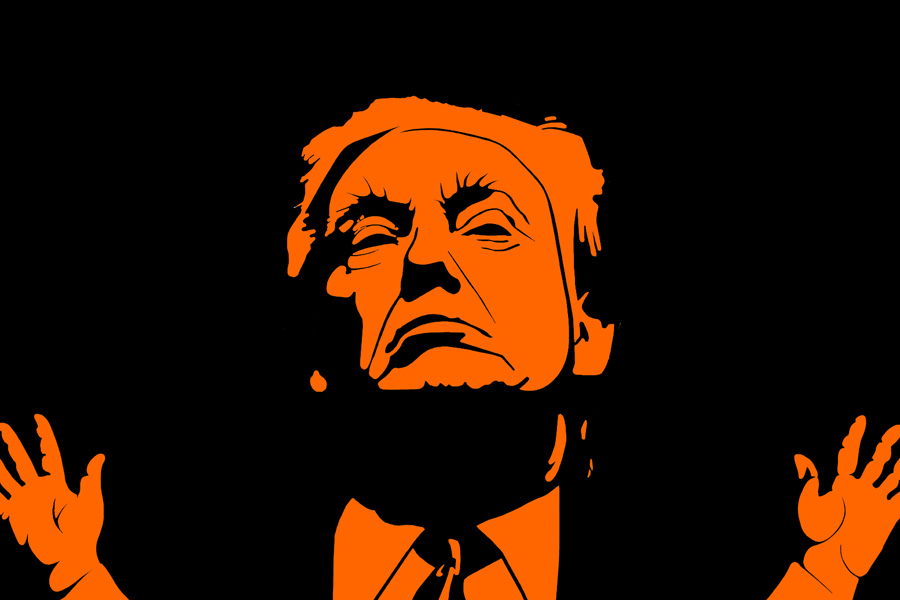
More importantly, the ban hasn’t effectively been immediate, as the US government has been a little “soft” on Huawei by providing a temporary waiver of 90-days for two straight times; the last of which was supposed to end in November. And again, it looks like the US government is adding another 6 months to the waiver.
Though the major disadvantage glaring Huawei is the expansion of its superior 5G technologies, its smartphone business is also taking a considerable hit. After the ban, many US-based firms like Intel and Qualcomm cut ties with Huawei, but none of them left as big an impact as Google. Despite the company manufacturing its own chipsets & memory cards for its smartphones, the company is still reliant on Google’s proprietary Google Mobile Services (GMS).
AOSP – the treasured salvation
Mind you, Android in itself is open-source but GMS isn’t. This means, while Huawei can legally use AOSP (Android Open Source Project) to ship its devices with the latest version of Android, they will be void of any Google apps like Maps, Play Store, YouTube. Be that as it may, Huawei need not worry about it in its homeland China since Google is non-existent there. However, the company operates globally and officially sells its smartphones to over 170 countries, and that’s a lot of markets to just pass over.
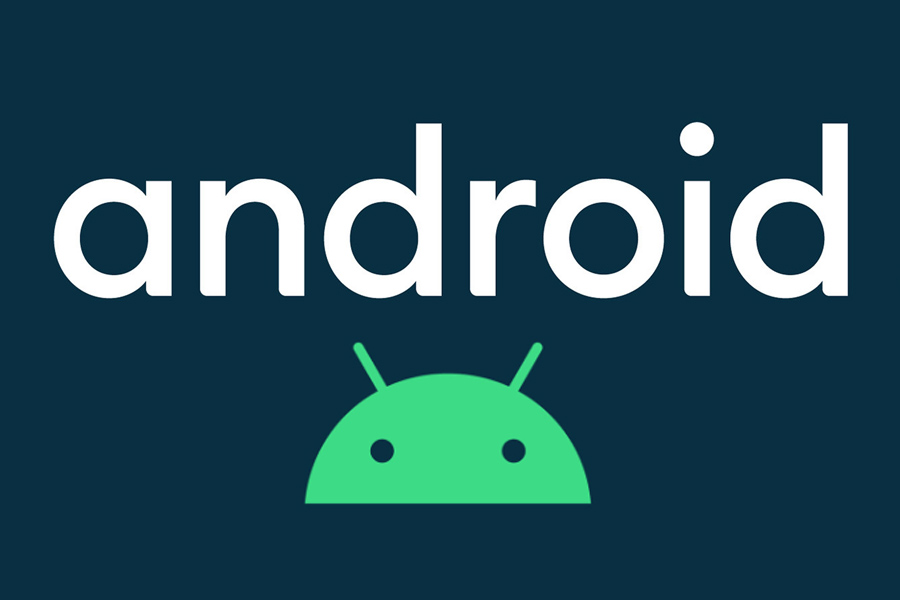
In order to circumvent the absence of Google in its smartphones, Huawei had apparently been working on its own OS for a while now. The now “unveiled” Harmony/HongMeng OS is its answer to Android, which will eventually be the supplement to the company’s ecosystem of products.
Sadly, the reveal was made on Huawei’s TV and the company has openly admitted that its OS isn’t ready enough to be powering smartphones. While a separate OS sounds super-exciting, Huawei knows just how difficult it’ll be to build. Therefore, the company is pushing for Huawei Mobile Services (HMS), its answer to GMS.
Google Mobile Services (GMS)
Before jumping in on HMS, let us briefly discuss what it’s trying to replace – GMS (and Google Play Services/GMS Core). Essentially, it is the library of Google’s proprietary applications like Photos, YouTube, Play Store, etc. (or GApps) and APIs that run on most Android smartphones. It is also necessary for that “Google experience” across your devices, where you can open a tab on the Chrome browser on your PC, and then send that tab to your phone to continue browsing – just an example.
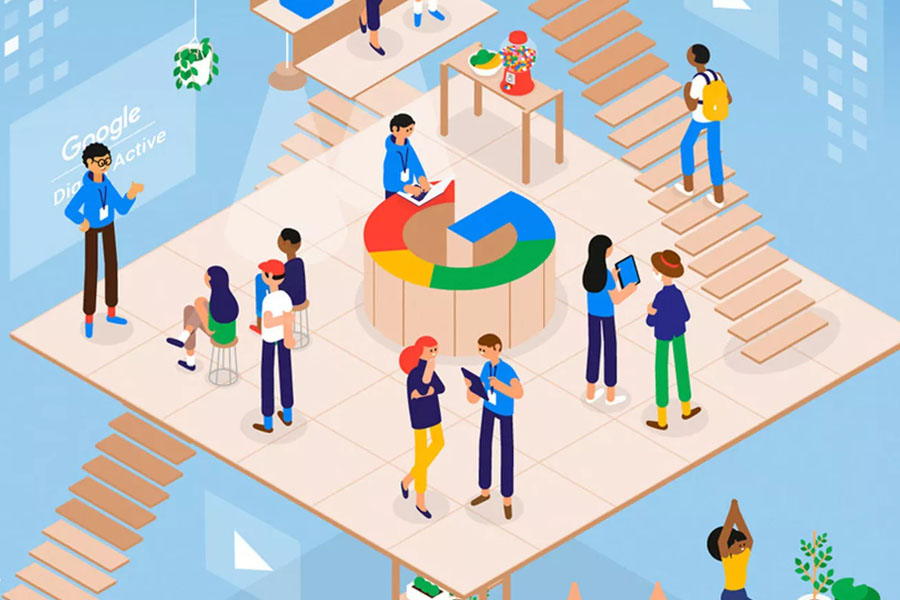
It sets parameters and provides APIs, using which developers can embed Google’s services like Maps into their app. And because it is proprietary, you can’t simply sideload it, like you would an ordinary Android app. There’s so much more to what GMS is and why it’s necessary but I’ll end it right here. Now let’s get into HMS and how it hopes to be a saving grace for Huawei.
… and here’s Huawei Mobile Services (HMS)
Like how GMS is Google’s suite of applications and services for the “optimal” Android ecosystem, Huawei Mobile Services (HMS) is a part of Huawei Consumer Business Group and the collections of apps and services for Huawei’s ecosystem of devices. Instead of Google ID, you’ll have a Huawei ID and so on and so forth. HMS has a set of applications and background services that work together to provide a seamless experience across multiple devices. This ecosystem is made up of HMS Apps, HMS Core & Capabilities, and third-party applications.
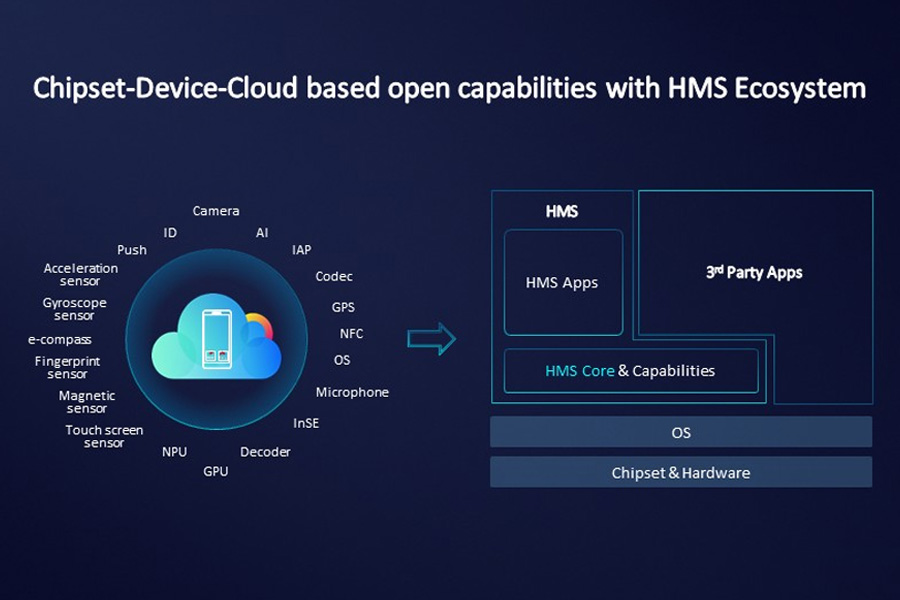
HMS Apps and the significance of HUAWEI AppGallery
Here, HMS Apps is the library of apps destined to replace their Google-counterparts. The most eminent of them all, HUAWEI AppGallery, is the official app distribution platform for Huawei. Competing against the frontrunner – Google’s Play Store, in this stage will not be a piece of cake. As of now, the platform boasts an estimated 2.8 million apps according to the data from Statista.com, while Apple’s App Store comes in second with 1.8 million.
Despite the need for Huawei’s own app store seems inescapably crucial now, AppGallery has been in existence from long ago. It was officially launched in China in 2011, while the rest of the world was introduced to the Huawei AppGallery in Q1 of 2018 with the launch of its P20-series of smartphones. In the present context, it serves Huawei and Honor smartphone users in over 170 countries, with 390+ million monthly active users and around 180 billion downloads a year. That’s a significant volume of market Huawei’s been operating on, one the app developers would want to get on. So, what’s being done to bring these two together?

Getting developers to support AppGallery
One billion dollars! Yeah, does that get your attention? Huawei is betting on getting global developers lured into its ecosystem by investing $1 billion under the “Shining-Star Program”. And that better work because the company’s devices will be a hard-sell in international markets without the availability of the majority of apps and games that can be found on the competing devices. Apart from making its HMS Core systems available, familiar, and easy to use to the developers, there’s another added advantage for developers releasing their product on the AppGallery.
It all comes down to money!
Google charges 30% of the price for one-time purchases which has been wildly criticized by developers worldwide. This is one of the reasons why Epic Games decided against launching their mega-hit “Fortnite” on Play Store, and also why Tinder removed its payment mechanism from the platform. Capitalizing on this exploitation, Huawei is offering a 15% charge for one-time purchases.

Apart from the AppGallery, there are other notable HMS Apps too. HUAWEI Browser is a web browser with over 200 million monthly active users. On the other hand, HUAWEI Mobile Cloud is the company’s answer to Google Drive for cloud storage. But unlike the competition, you only get 5GB of free cloud storage with plans for paid storage of up to 2TB. Similarly, it has over 160 million monthly active users.
Moreover, HUAWEI Music, HUAWEI Video, and HUAWEI Assistant are some of the other HMS Apps not quite as widespread as the ones above. And as you might’ve guessed already, these three look to fill the void of Google’s Play Music (or YouTube Music), YouTube, and Assistant respectively.
HMS Core
“Huawei Mobile Services as well as HMS Apps incorporate Huawei’s chip, device and cloud capabilities and integrates a set of HMS core services (HMS Core), tools, and platforms for IDE development and testing.” Here, the HMS Core is oriented towards developers and offers APIs more-or-less similar to that of GMS. For this, Huawei has opened a total of 14 HMS Core Services with 9 essential services and 5 growth services, with more coming soon. These services are a collection of software development frameworks that give developers quick access to the Huawei ecosystem, thus letting them build apps with ease. Let me briefly go through some of them.
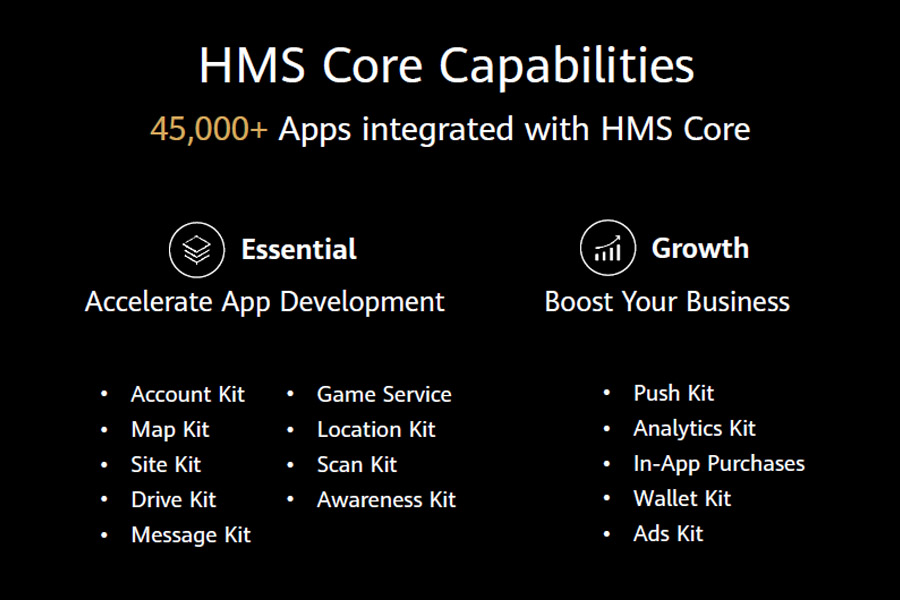
Account Kit is Huawei’s version of Google Play Service’s Sign-In, which effectively facilitates simple, secure, quick sign-in, and authorization functions. Consequently, users can simply use their Huawei ID as a sign-in option for any app without going through all the signing up mumbo-jumbo.
In the same way, Google Maps SDK will be substituted with Huawei’s Map Kit, which has been made available to the overseas developers from October 2019. HMS Core’s Game Service will be Huawei’s answer to Google Play Games allowing developers to easily incorporate in-game functionalities, and players to sign-in, and keep a track of their gaming records.
… but the trouble hangs on!
After all is said and done, the question still remains – is it enough? Will Huawei’s efforts and investments yield any noteworthy fruition? Can Google and its suite of applications really be replaced by Huawei this early on? Can people really go through all the hassle to sideload a vast majority of apps and games that will never see the light of day in the Huawei AppGallery? And more importantly, should they?
Well, the answer for the should is an obvious “no”. You are paying top money to own a product and having to compromise on it doesn’t make sense, no matter the excellence of the hardware. While some of the most popular apps like Facebook, Spotify, etc. work flawlessly on GMS-less Huawei smartphones, the ones from Google don’t. Their web versions do, but the apps just don’t, not fully at least.
Because of the trade ban, apps from US-owned companies simply cannot be distributed on Huawei’s official distribution platform. Some of you may be considering “side-loading” APK files to install third-party apps and games into the device, which is a viable and proven method to get them working (partially or comprehensively). But that right there is a hassle and a rather unnecessary and avoidable one at that. Add that to the fact that some apps simply can’t function sans GMS, then the ray of hope shining through starts fading into oblivion.

And there’s the question of accessibility. Like I’ve said before, Huawei simply need not worry about its customer base in China. The market outside, however, is a different story altogether which the company should look after post haste. Therefore, as a first step, Huawei and its sub-brand Honor, have been in the talks with top app developers in India to build Huawei Mobile Services (HMS)-integrated applications for its platform.
India – the next big market
Yes, that makes sense. With the rising popularity of internet usage in the country, India is now the second-largest smartphone consumer in the world surpassing the US, while China still holds the crown for the top spot. Huawei is set to launch HMS in India very soon and will be providing incentives to the developers to build apps that’ll support their ecosystem of devices.
In the initial stage, the company is looking to lure-in the top 100 to 150 apps from every country into the AppGallery. As for the Indian developers, Huawei has set aside up to $17,000 per app integration reward from its billion-dollar program I talked about earlier. Moreover, the apps from the Indian developers will also be within the reach of European and other markets of the world.

If this turns successful, Huawei will finally get the much-needed boost that it requires to “survive” this unsought situation that the company has found itself in. With India secured, it’s only a matter of time when Huawei Mobile Services sets foot in other parts of the continent like the middle east, south Asia, and eventually Europe and other regions of the world too. I may be thinking out loud at this point but I believe that’s a probable outcome. To quote Bob Dylan, the times they are a-changin’.
Huawei isn’t a lone ranger in this…
Then again, there have been several projects which centered around addressing the trouble Huawei’s found itself in – a Google-less existence. Though minuscule, the mere fact that Huawei is not the first to walk the line is a morale booster, to say the least.
Take the Project /e/ for instance. Now, it isn’t a product of any contradictory compulsion. Rather, the “e Foundation” is a non-profit organization that builds privacy-focused OS, on top of AOSP, with Google’s app and services replaced by something else.
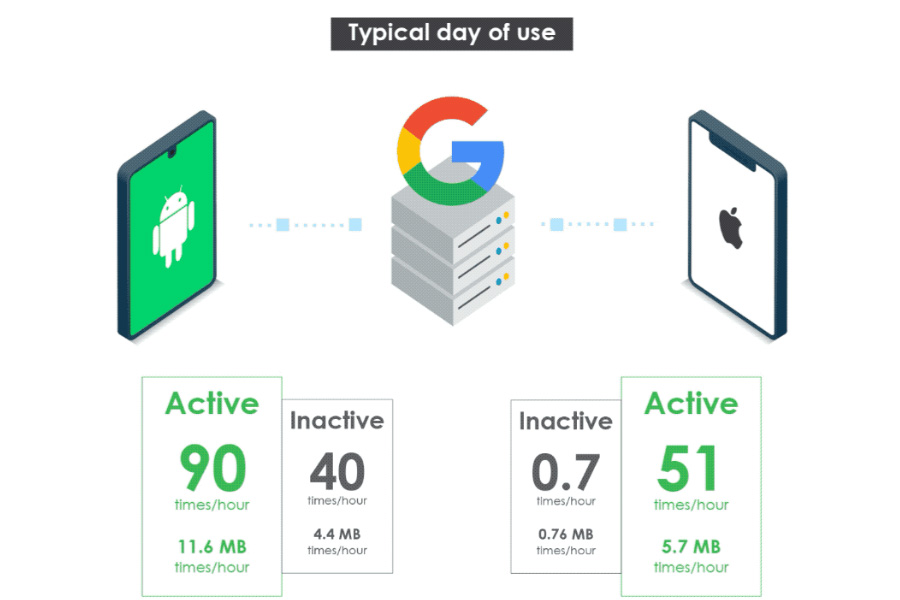
Final words
So, there you have it. Huawei is in dire straits, yes. You know that, we know that, and Huawei knows that as well. Will its Shining-Star Program, the Huawei Mobile Services (HMS) Core, deem successful enough to be able to pass the muster among its consumers outside of China? We hope it does and would like to wish the company all the luck in its strenuous odyssey ahead.
















![Best Ultrabooks To Buy in Nepal 2024 [Updated] Best Ultrabook Laptops in Nepal 2023 - June Update](https://cdn.gadgetbytenepal.com/wp-content/uploads/2023/04/Best-Ultrabook-Laptops-in-Nepal-2023-June-Update.jpg)
![Best Gaming Laptops in Nepal 2024 [Updated] Best Gaming Laptops in Nepal 2023 - June Update](https://cdn.gadgetbytenepal.com/wp-content/uploads/2023/04/Best-Gaming-Laptops-in-Nepal-2023-June-Update.jpg)


![Best Mobile Phones Under Rs. 15,000 in Nepal [Updated] Best Phones Under 15000 in Nepal 2024 Budget Smartphones Cheap Affordable](https://cdn.gadgetbytenepal.com/wp-content/uploads/2024/03/Best-Phones-Under-15000-in-Nepal-2024.jpg)
![Best Mobile Phones Under Rs. 20,000 in Nepal [Updated] Best Mobile Phones Under NPR 20000 in Nepal 2023 Updated Samsung Xiaomi Redmi POCO Realme Narzo Benco](https://cdn.gadgetbytenepal.com/wp-content/uploads/2024/01/Best-Phones-Under-20000-in-Nepal-2024.jpg)
![Best Mobile Phones Under Rs. 30,000 in Nepal [Updated]](https://cdn.gadgetbytenepal.com/wp-content/uploads/2023/12/Best-Phones-Under-30000-in-Nepal-2024.jpg)
![Best Mobile Phones Under Rs. 40,000 in Nepal [Updated] Best Phones Under 40000 in Nepal 2024 Smartphones Mobile Midrange](https://cdn.gadgetbytenepal.com/wp-content/uploads/2024/02/Best-Phones-Under-40000-in-Nepal-2024.jpg)
![Best Mobile Phones Under Rs. 50,000 in Nepal [Updated] Best Phones Under 50000 in Nepal 2024 Smartphones Midrange](https://cdn.gadgetbytenepal.com/wp-content/uploads/2024/02/Best-Phones-Under-50000-in-Nepal-2024.jpg)
![Best Flagship Smartphones To Buy In Nepal [Updated] Best Smartphones in Nepal 2024 Flagship Premium Samsung Apple iPhone Xiaomi OnePlus Honor](https://cdn.gadgetbytenepal.com/wp-content/uploads/2023/09/Best-Smartphones-in-Nepal-2024.jpg)